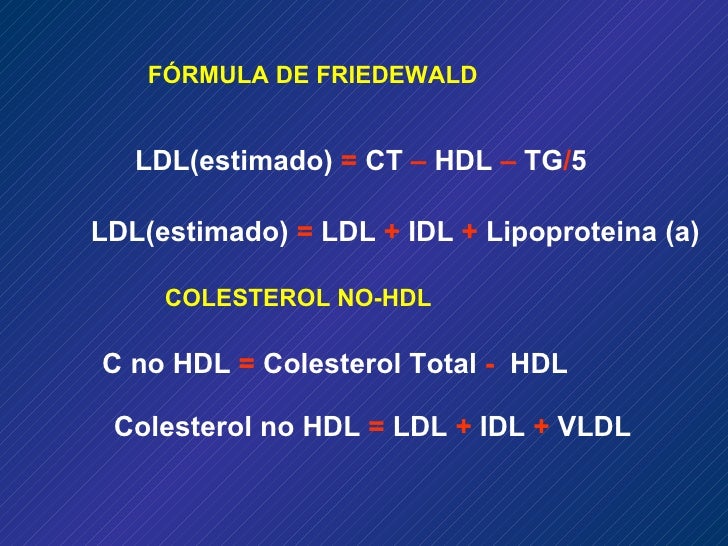
HDL – High-density lipoproteins brings back cholesterol from the body tissues to the liver.LDL – Low-density lipoproteins transports cholesterol from the liver to cells.IDL - Intermediate density lipoproteins are not usually detectable in the blood.VLDL - Very low-density lipoproteins transport triglycerides from the liver to adipose tissue.Chylomicron transport triglyceride (fat) from intestines to liver, skeletal muscle, and adipose tissue.Whereas, lipoproteins of small size are high density with less fat and more protein. Lipoproteins of large size have low density (contain more fat and less protein). Apolipoprotein B (apoB) is a beta mobility mostly be in low-density lipoprotein (LDL).There are more than one apoA1 per HDL particle.

Apolipoprotein A-I (apoA1) is an alpha mobility be in high-density lipoproteins (HDL).There are two important classes of apolipoproteins they are: Very-low-density lipoprotein (VLDL), and.Intermediate density lipoprotein (IDL),.Throughout the body, cells have protein receptors to attach to their outer surface.īased on the density, there are five classes of lipoproteins (from high to low) they are: Additionally, it helps interacting lipoproteins with a receptor on a cell. Where they use triglycerides and cholesterol for energy, cellular maintenance, and steroid creation.Īpolipoprotein is the protein it forms lipoproteins by binding with hydrophobic (water fearing) lipids.Īpolipoproteins do several important works structural integrity, solubility, and cofactors in enzymatic reactions. It delivers to the periphery muscles and adipocytes. Lipoproteins transport triglycerides and cholesterol from the liver and gut. The outer cover consists of proteins (apolipoprotein). The lipids part consists of cholesterol esters (CE) and triglycerides (TG). Triglycerides are also usually tested with a cholesterol test.Lipoproteins have a lipid core and protein cover. VLDL is usually estimated based on your triglycerides level. There’s no specific test for VLDL cholesterol. Cholesterol levels may need to be followed up more frequently if your risk for heart disease is high or to monitor any treatment. The American Heart Association recommends all individuals over the age of 20 get their cholesterol checked every four to six years. LDL is usually tested as part of a cholesterol test.

Most people will get their LDL level tested during a routine physical exam. This can increase your risk for heart disease and stroke.įind out your recommended cholesterol level. While your body needs both cholesterol and triglycerides to function, having too much of them can cause them to build up in your arteries. VLDL and LDL are both considered types of “bad” cholesterol. The main difference between VLDL and LDL is that they have different percentages of the cholesterol, protein, and triglycerides that make up each lipoprotein.

Triglycerides are another type of fat that’s used to store extra energy in your cells. In the body, it’s most commonly created in your liver through a complex pathway. They carry cholesterol and triglycerides through your bloodstream.Ĭholesterol is a fatty substance that’s necessary for building cells. Lipoproteins are a combination of proteins and various types of fats. Low-density lipoproteins (LDL) and very low-density lipoproteins (VLDL) are two different types of lipoproteins found in your blood.


 0 kommentar(er)
0 kommentar(er)
